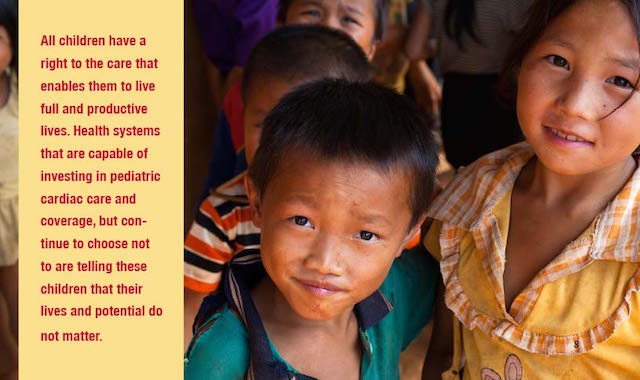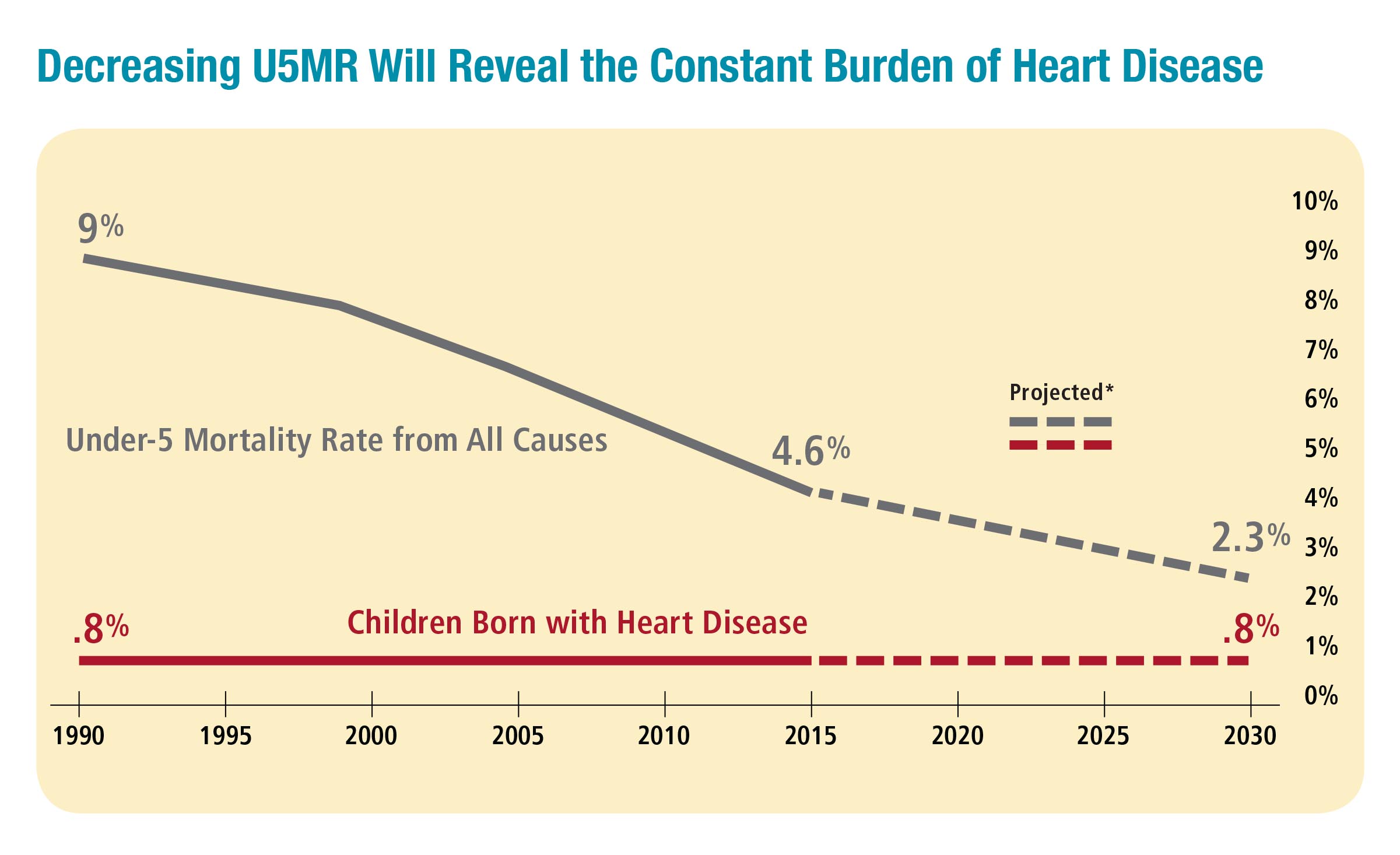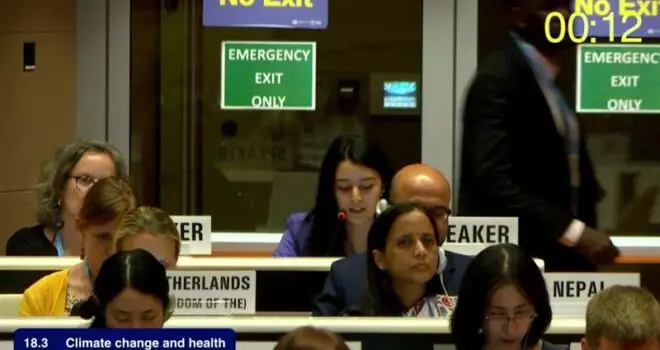In 2015 the world made a commitment to end preventable child deaths. We commend the World Heart Federation for their work on the June 2017 adoption of the World Health Assembly resolution on rheumatic fever and rheumatic heart disease (RHD). This resolution is vital to reducing preventable child deaths. Yet we recognize that we must do more to end preventable deaths and achieve this Sustainable Development Goal.
Consider that one out of every 120 children is born with congenital heart disease (CHD) and only one in 10 of these children born with the defect have access to effective diagnostics and treatment needed to ensure that s/he will grow to be a healthy, productive adult. Also consider that RHD accounts for one-third to one-half of all cardiac hospital admissions in developing countries and is responsible for 10 percent of maternal deaths. Without treatment, 20 percent of children with RHD will be dead by the age of 15 and more than 70 percent by age 25.
This ambition to end preventable childhood deaths will fall short if childhood heart disease is not addressed by health systems in low- and middle-income countries, donor and development communities, and international technical agencies such as the World Health Organization.

Congenital heart disease is not preventable, but many of the deaths of children suffering from CHD are preventable. This is what drives Children’s HeartLink’s mission to save the lives of children with heart disease. We do this by partnering with renowned universities and hospital networks around the work to train local medical teams, provide education based on available resources, and transform health care in underserved parts of the world.
Pediatric cardiac disease, congenital and acquired, will bear an increasing burden on health systems in low- and middle-income countries as the more common causes of preventable child deaths are diminished through improved public health surveillance and interventions. Whereas the overall rate of under-five mortality has halved since 2000, and is predicted to halve yet again in the next decade, the rate of congenital heart disease remains constant.

Children’s HeartLink is committed to ensuring that health systems and governments are prepared to identify and care for children with heart disease. Our experience working with local health systems, coupled with health systems strengthening and disease surveillance data, tells us that more than 40 current low- and middle-income countries will have the capacity to incorporate care for children with heart disease into their health systems by 2030. This will only happen through intentional action by the global health community.
In our four-part series, The Invisible Child, we explore the place of pediatric cardiac care within the global health and development agenda. The series concludes with a call to action addressed to governments, international organizations, the donor community, civil society and practitioners. In it, we stress the need to:
- increase the capacity to care for children with heart disease by strengthening health systems.
- build a trained pediatric cardiac workforce to diagnose and treat children with heart disease.
- collect more and better data about children with heart disease, because as the former Director-General of the World Health Organization Dr. Margaret Chan says, “what gets measured gets done.”
- include pediatric cardiac care in benefits packages so that poverty is never a side effect of treating pediatric heart disease.
It is the global health community’s decision, collectively, whether children with heart disease will be among the child deaths we failed to prevent, or if these children are allowed their right to health. Please help us spread the word about supporting pediatric cardiac care in developing countries. The full set of The Invisible Child briefs are available for download on the Children’s HeartLink’s website at theinvisiblechild.childrensheartlink.org.


